Airport
<templatestyles src="Module:Hatnote/styles.css"></templatestyles>
<templatestyles src="Module:Message box/ambox.css"></templatestyles>
This article includes a list of general references, but it lacks sufficient corresponding inline citations. (March 2022) |
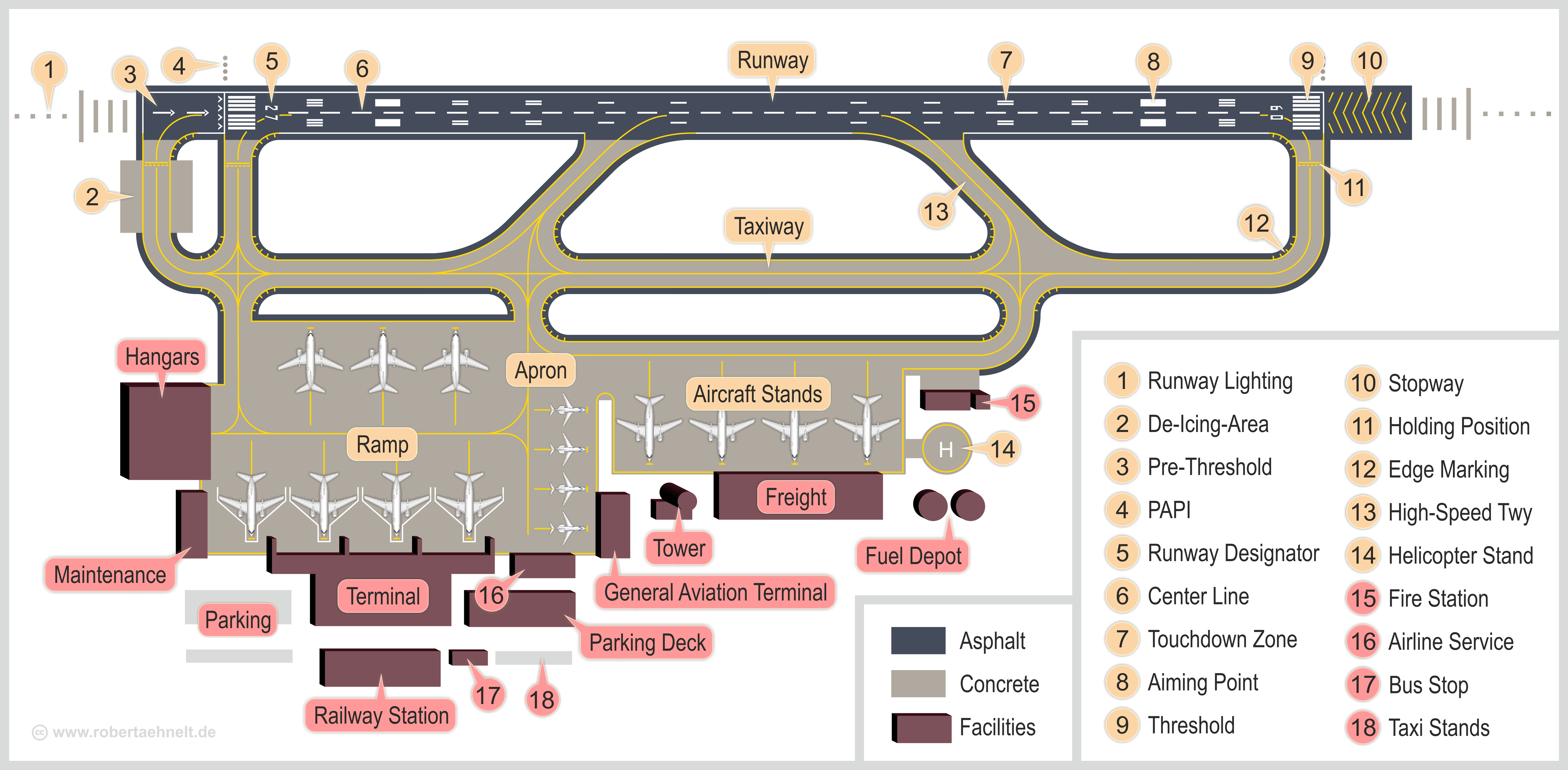


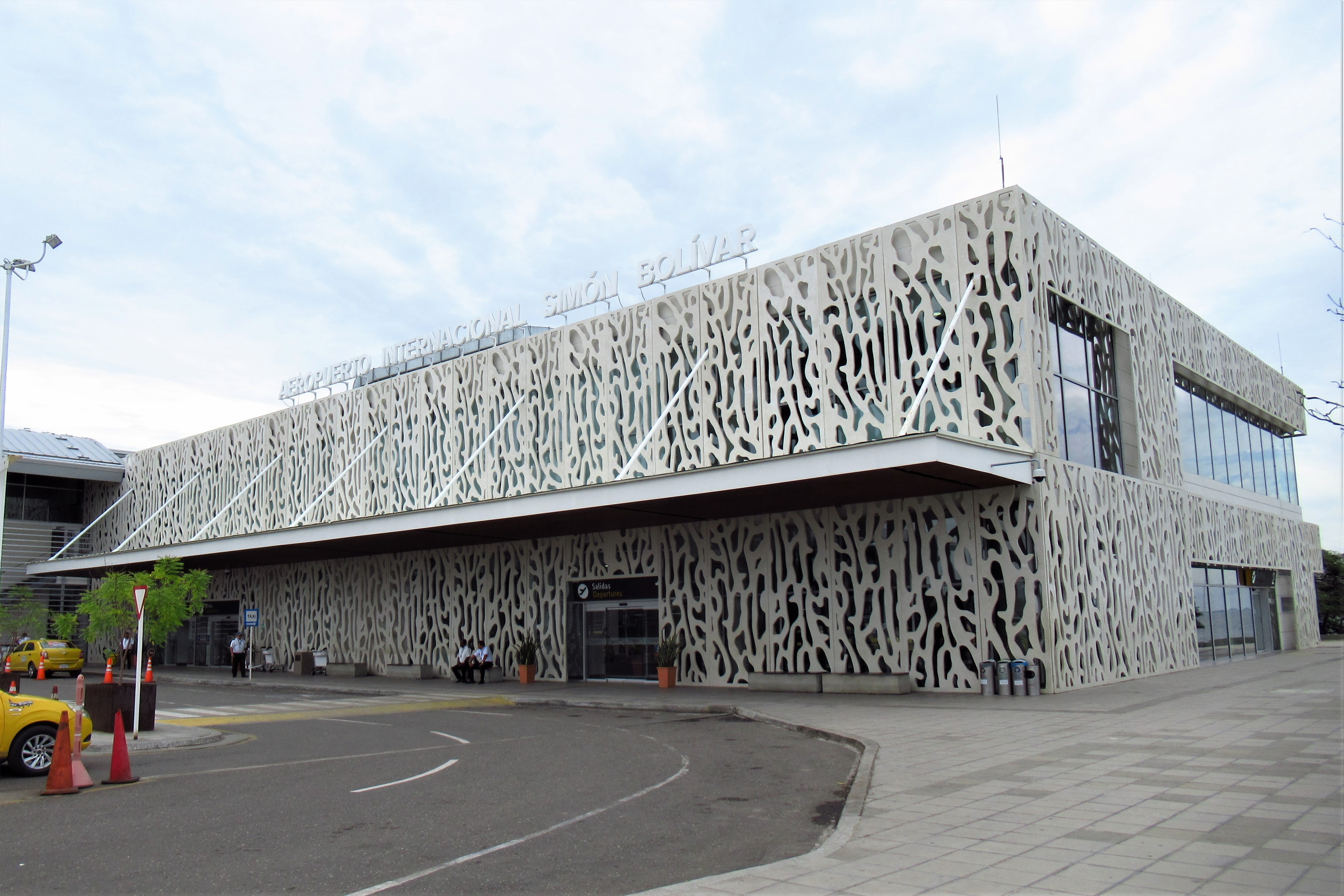


An airport is an aerodrome with extended facilities, mostly for commercial air transport.[1][2] They usually consist of a landing area, which comprises an aerially accessible open space including at least one operationally active surface such as a runway for a plane to take off and to land[3] or a helipad,[4] and often includes adjacent utility buildings such as control towers, hangars[5] and terminals, to maintain and monitor aircraft. Larger airports may have airport aprons, taxiway bridges, air traffic control centres, passenger facilities such as restaurants and lounges, and emergency services. In some countries, the US in particular, airports also typically have one or more fixed-base operators, serving general aviation.
Airport operations are extremely complex, with a complicated system of aircraft support services, passenger services, and aircraft control services contained within the operation. Thus airports can be major employers, as well as important hubs for tourism and other kinds of transit. Because they are sites of operation for heavy machinery, a number of regulations and safety measures have been implemented in airports, in order to reduce hazards. Additionally, airports have major local environmental impacts, as both large sources of air pollution, noise pollution and other environmental impacts, making them sites that acutely experience the environmental effects of aviation. Airports are also vulnerable infrastructure to extreme weather, climate change caused sea level rise and other disasters.

Terminology
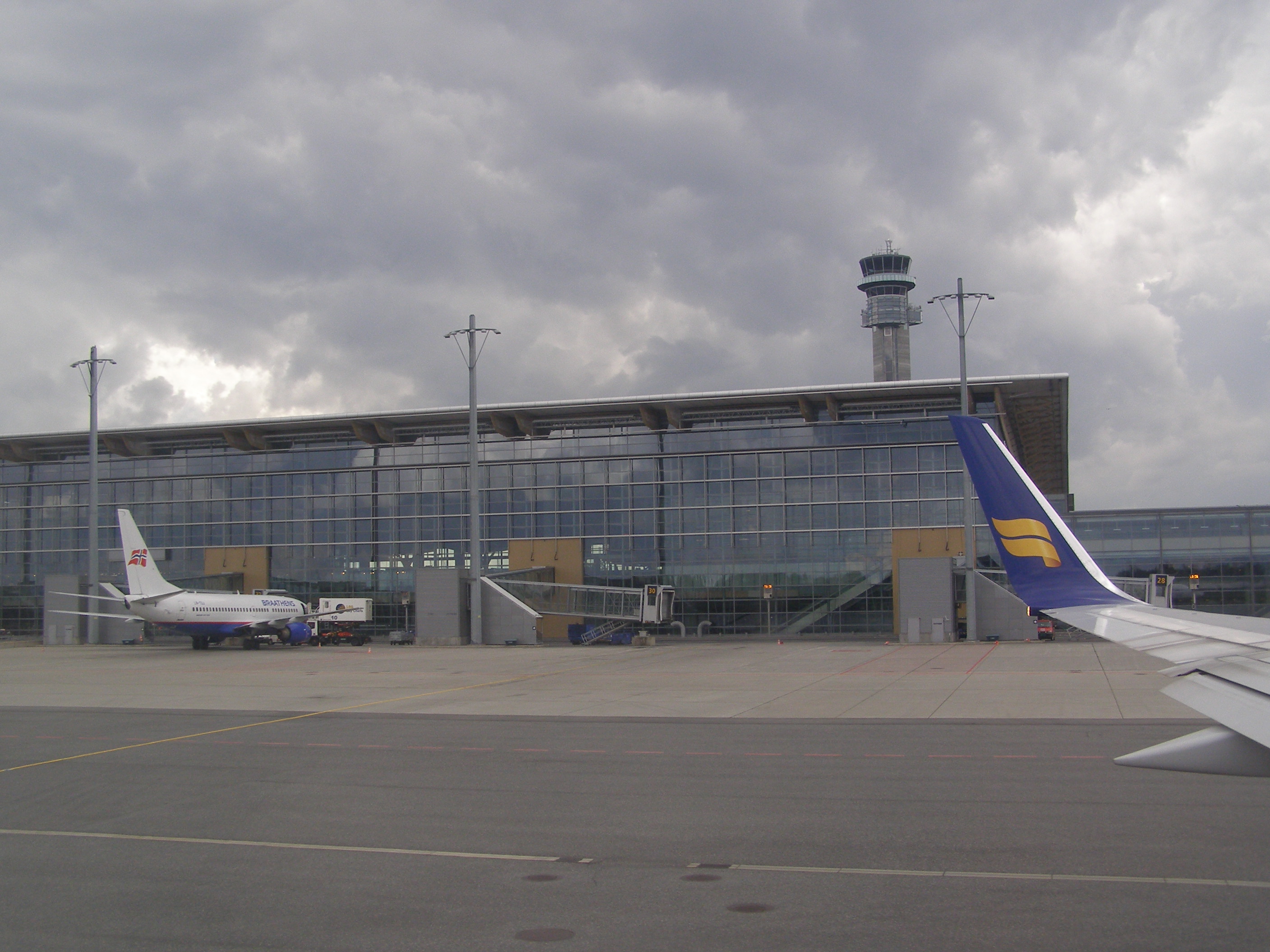
The terms aerodrome, airfield, and airstrip also refer to airports, and the terms heliport, seaplane base, and STOLport refer to airports dedicated exclusively to helicopters, seaplanes, and short take-off and landing aircraft.
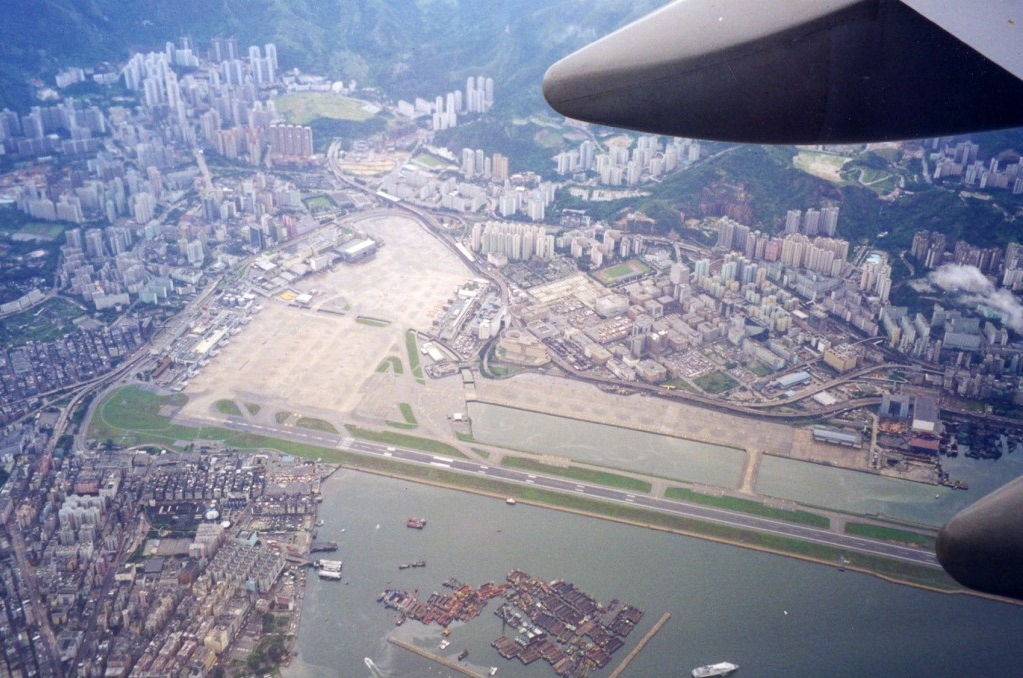
In colloquial use in certain environments, the terms airport and aerodrome are often interchanged. However, in general, the term airport may imply or confer a certain stature upon the aviation facility that other aerodromes may not have achieved. In some jurisdictions, airport is a legal term of art reserved exclusively for those aerodromes certified or licensed as airports by the relevant civil aviation authority after meeting specified certification criteria or regulatory requirements.[6]
That is to say, all airports are aerodromes, but not all aerodromes are airports. In jurisdictions where there is no legal distinction between aerodrome and airport, which term to use in the name of an aerodrome may be a commercial decision. In US technical/legal usage, landing area is used instead of aerodrome, and airport means "a landing area used regularly by aircraft for receiving or discharging passengers or cargo".[7]
Types of airports

Management
Smaller or less-developed airfields, which represent the vast majority, often have a single runway shorter than 1,000 m (3,300 ft). Larger airports for airline flights generally have paved runways of 2,000 m (6,600 ft) or longer. Skyline Airport in Inkom, Idaho, has a runway that is only 122 m (400 ft) long.[8]
As of 2009[update], the CIA stated that there were approximately 44,000 "airports or airfields recognizable from the air" around the world, including 15,095 in the US, the US having the most in the world.[9][10]
Airport ownership and operation
Many US airports still lease part or all of their facilities to outside firms, who operate functions such as retail management and parking. All US commercial airport runways are certified by the FAA[11] under the Code of Federal Regulations Title 14 Part 139, "Certification of Commercial Service Airports".[12]
Airport funding
The Airport & Airway Trust Fund (AATF) was created by the Airport and Airway Development in 1970 which finances aviation programs in the United States.[13] Airport Improvement Program (AIP), Facilities and Equipment (F&E), and Research, Engineering, and Development (RE&D) are the three major accounts of Federal Aviation Administration which are financed by the AATF, as well as pays for the FAA's Operation and Maintenance (O&M) account.[14] The funding of these accounts are dependent on the taxes the airports generate of revenues. Passenger tickets, fuel, and cargo tax are the taxes that are paid by the passengers and airlines help fund these accounts.[15]
Airport revenue
Airports revenues are divided into three major parts: aeronautical revenue, non-aeronautical revenue, and non-operating revenue. Aeronautical revenue makes up 50% in 2021 (from 54% and 48% in 2019 and 2020, non-aeronautical revenue makes up 34% (40%, 39% in previous years), and non-operating revenue makes up 16% (6%, 14%) of the total revenue of airports.[16]
Aeronautical revenue
Aeronautical revenue are generated through airline rents and landing, passenger service, parking, and hangar fees. Landing fees are charged per aircraft for landing an airplane in the airport property.[17] Landing fees are calculated through the landing weight and the size of the aircraft which varies but most of the airports have a fixed rate and a charge extra for extra weight.[18] Aircraft parking is also a major revenue source for airports. Aircraft are parked for a certain amount of time before or after takeoff and have to pay to park there.[19] Every airport has its own rates of parking, for example, John F Kennedy airport in New York City charges $45 per hour for a plane of 100,000 pounds and the price increases with weight.[20]
Non-aeronautical revenue
Non-aeronautical revenue is gained through things other than aircraft operations. It includes lease revenue from compatible land-use development, non-aeronautical building leases, retail and concession sales, rental car operations, parking and in-airport advertising.[21] Concession revenue is one big part of non-aeronautical revenue airports makes through duty free, bookstores, restaurants and money exchange.[19] Car parking is a growing source of revenue for airports, as more people use the parking facilities of the airport. O'Hare International Airport in Chicago charges $2 per hour for every car.[22]
Price regulation
Many airports are local monopolies. To prevent them from abusing their market power, governments regulate how much airports may charge to airlines, using price-cap regulation.[23][24]
Landside and airside areas
<templatestyles src="Module:Hatnote/styles.css"></templatestyles>
Airports are divided into landside and airside zones. The landside is subject to fewer special laws and is part of the public realm, while access to the airside zone is tightly controlled. Landside facilities may include publicly accessible airport check-in desks, shops and ground transportation facilities.[25]
Facilities


The area where the aircraft parks to load passengers and baggage is known as an apron or ramp (or incorrectly,[26]Template:Unreliable source "the tarmac").

Airport security
<templatestyles src="Module:Hatnote/styles.css"></templatestyles>

Products and services


Most major airports provide commercial outlets for products and services. Most of these companies, many of which are internationally known brands, are located within the departure areas. These include clothing boutiques and restaurants and in the US amounted to $4.2 billion in 2015.[27] Prices charged for items sold at these outlets are generally higher than those outside the airport. However, some airports now regulate costs to keep them comparable to "street prices". This term is misleading as prices often match the manufacturers' suggested retail price (MSRP) but are almost never discounted.[28]
Many new airports include walkthrough duty-free stores that require air passengers to enter a retail store upon exiting security.[29]

Apart from major fast food chains, some airport restaurants offer regional cuisine specialties for those in transit so that they may sample local food without leaving the airport.[30]
Premium and VIP services
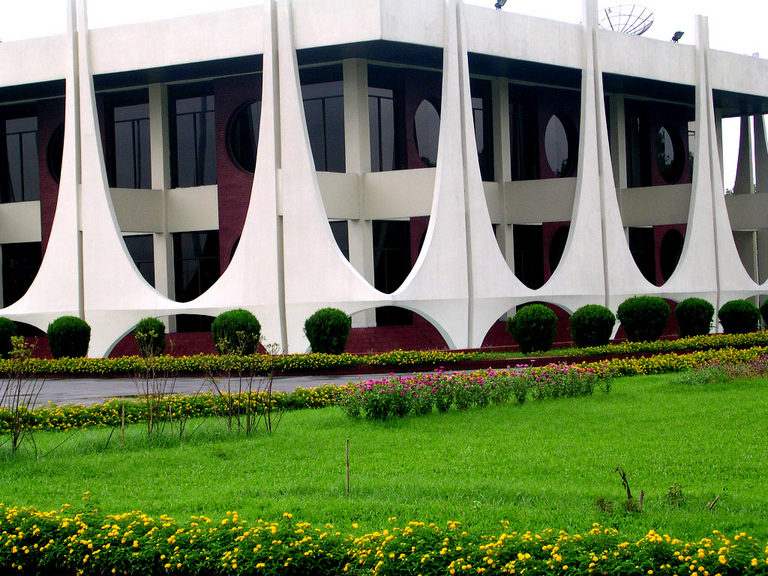
Cargo and freight service

Access and onward travel
Internal transport

Airport operations

Airport operations are made possible by an organized network of trained personnel, specialized equipment, and spatial data. After thousands of ground operations staff left the industry during the COVID-19 pandemic, there have been discussions on the need for systemic improvements in three primary areas:[citation needed]
- Digitizing and automating processes[31]
Air traffic control

Ground control
Tower control
Traffic pattern
<templatestyles src="Module:Hatnote/styles.css"></templatestyles>

Taxiway signs
<templatestyles src="Module:Hatnote/styles.css"></templatestyles>
Lighting
<templatestyles src="Module:Hatnote/styles.css"></templatestyles>

Weather observations

Planes take-off and land into the wind to achieve maximum performance. Because pilots need instantaneous information during landing, a windsock can also be kept in view of the runway. Aviation windsocks are made with lightweight material, withstand strong winds and some are lit up after dark or in foggy weather. Because visibility of windsocks is limited, often multiple glow-orange windsocks are placed on both sides of the runway.[32]
Airport ground crew (ground handling)
<templatestyles src="Module:Hatnote/styles.css"></templatestyles>

Maintenance management
Like industrial equipment or facility management, airports require tailor-made maintenance management due to their complexity. With many tangible assets spread over a large area in different environments, these infrastructures must therefore effectively monitor these assets and store spare parts to maintain them at an optimal level of service.[33]
To manage these airport assets, several solutions are competing for the market: CMMS (computerized maintenance management system) predominate, and mainly enable a company's maintenance activity to be monitored, planned, recorded and rationalized.[33]
Safety management
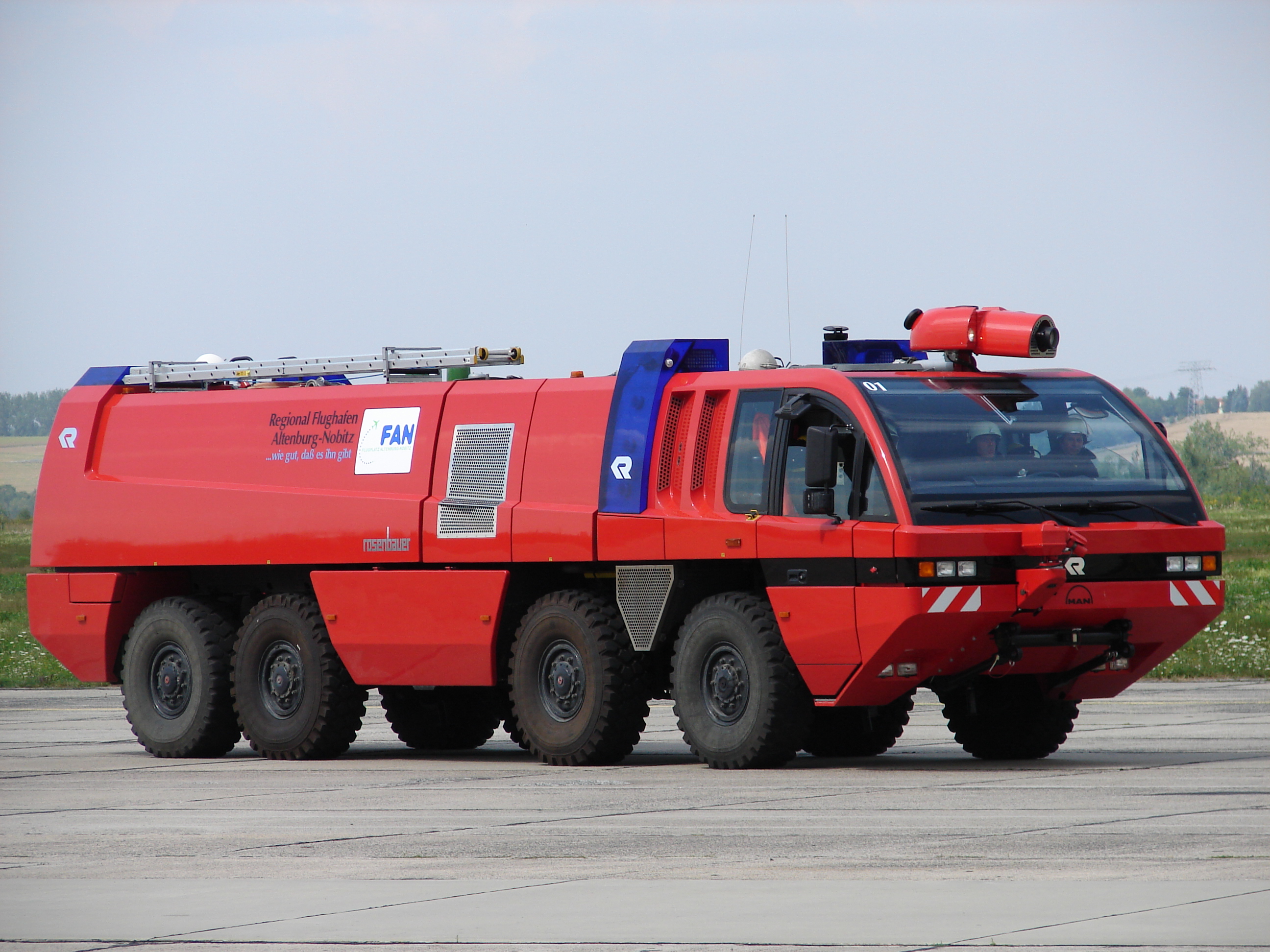
Environmental concerns and sustainability

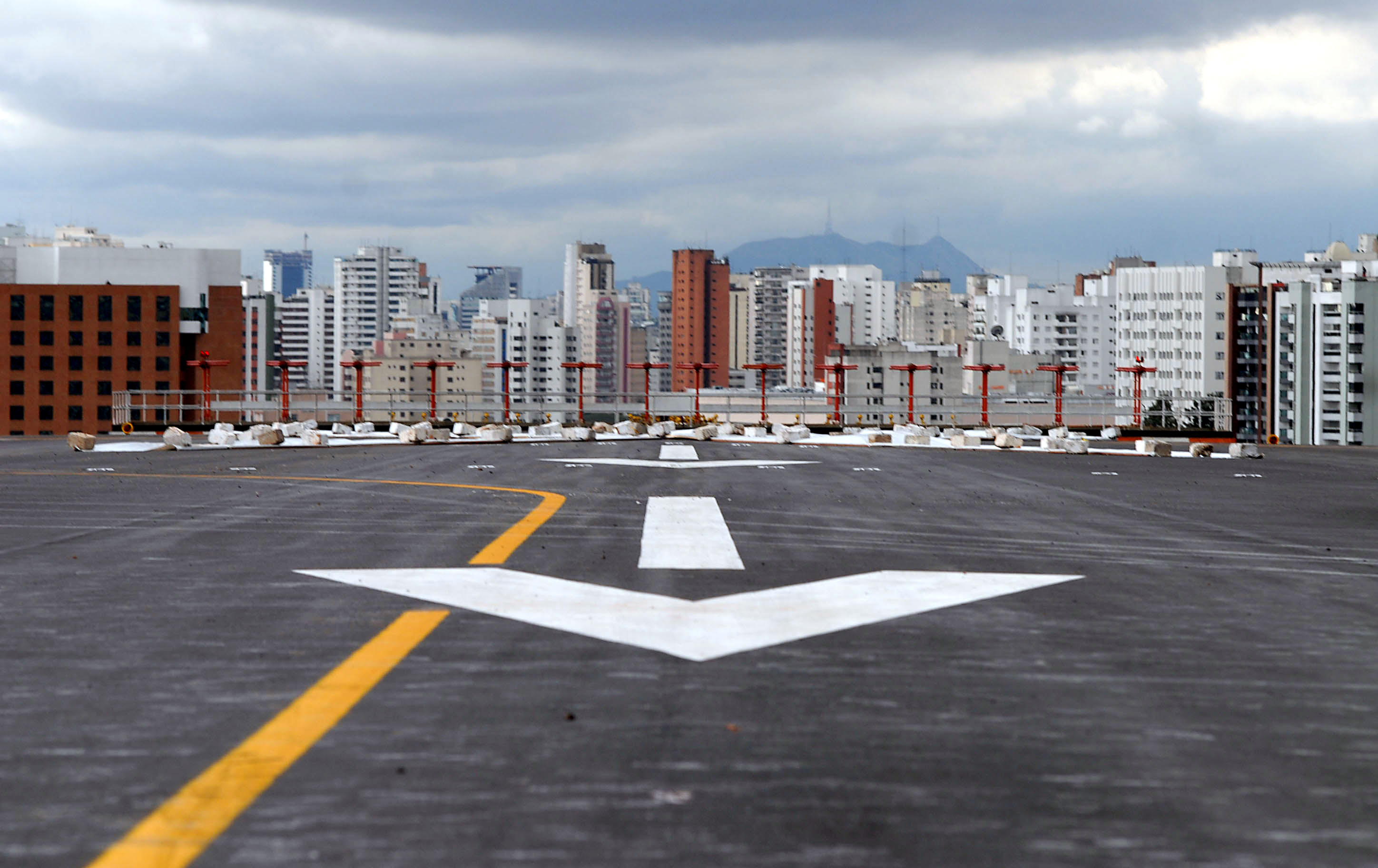
<templatestyles src="Module:Hatnote/styles.css"></templatestyles>
Aircraft noise is a major cause of noise disturbance to residents living near airports. Sleep can be affected if the airports operate night and early morning flights. Aircraft noise occurs not only from take-offs and landings but also from ground operations including maintenance and testing of aircraft. Noise can have other health effects as well. Other noises and environmental concerns are vehicle traffic causing noise and pollution on roads leading to the airport.[34]
The construction of new airports or addition of runways to existing airports, is often resisted by local residents because of the effect on countryside, historical sites, and local flora and fauna. Due to the risk of collision between birds and aircraft, large airports undertake population control programs where they frighten or shoot birds.[35]
The construction of airports has been known to change local weather patterns. For example, because they often flatten out large areas, they can be susceptible to fog in areas where fog rarely forms. In addition, they generally replace trees and grass with pavement, they often change drainage patterns in agricultural areas, leading to more flooding, run-off and erosion in the surrounding land.[36][citation needed] Airports are often built on low-lying coastal land, globally 269 airports are at risk of coastal flooding now.[37] A temperature rise of 2oC – consistent with the Paris Agreement – would lead to 100 airports being below mean sea level and 364 airports at risk of flooding.[37] If global mean temperature rise exceeds this then as many as 572 airports will be at risk by 2100, leading to major disruptions without appropriate adaptation.[37]
A 2019 report from the Cooperative Research Programs of the US Transportation Research Board showed all airports have a role to play in advancing greenhouse gas (GHG) reduction initiatives. Small airports have demonstrated leadership by using their less complex organizational structure to implement newer technologies and to serve as a proving ground for their feasibility. Large airports have the economic stability and staff resources necessary to grow in-house expertise and fund comprehensive new programs.[38]
A growing number of airports are installing solar photovoltaic arrays to offset their electricity use.[39][40] The National Renewable Energy Lab has shown this can be done safely.[41] This can also be done on the roofs of the airports and it has been found that the solar panels on these buildings work more effectively when compared to residential panels.[42][clarification needed]
The world's first airport to be fully powered by solar energy is located at Kochi, India.[43][44]
As a part of their sustainability efforts, more and more airports are starting to explore the consequences of more electric aircraft coming into service. Electric aircraft require much energy; operating 49 small 50-passenger short-range battery electric aircraft would demand at least 16 GWh/year,[45] and with short turnaround times between different flights, the charging powers have to be substantial. To tackle these issues, more airports are starting to look into alternative energy production such as solar power and wind power, but also how to use airport areas for biomass production.[46][47] Another solution investigated is to use energy storage to charge during the night and use to charge the aircraft during daytime.[47][48]
Airport hygiene and public health concerns
Airports, as major international travel hubs, have the potential to be significant transmission points for infectious diseases. A notable study conducted during the peak of the 2015–2016 flu season at Helsinki-Vantaa airport in Finland revealed that commonly touched surfaces in airports, especially the plastic security screening trays, are highly susceptible to contamination by respiratory viruses. These trays are touched by hundreds of passengers daily and, being made of plastic, a non-porous material, provide an environment where viruses can survive for extended periods. In comparison, bathroom surfaces in the same airport tested negative for respiratory viruses, possibly indicating a heightened awareness of hygiene in these spaces.[49][50]
Hand hygiene plays a pivotal role in preventing the spread of infectious diseases in airports. Research indicates that only about 70% of individuals wash their hands after using the toilet, and of those, only 50% do so correctly. In airport settings, just one in five individuals maintain clean hands—defined as washing with soap for at least 15 seconds in the preceding hour. Given the frequent touching of shared surfaces in airports, such as trays, railings, and touch panels, this poses a significant risk for disease transmission. A study from the University of Cyprus and MIT used models and simulations to demonstrate that increasing hand cleanliness from 20% to 30% in all airports could reduce the potential global impact of a disease by 24%. If cleanliness levels reached 60%, this impact could decrease by 69%. Focusing on just the top 10 most influential airports for disease spread, enhancing hand hygiene practices could still significantly reduce disease transmission rates from 45% to 37%. The findings underscore the importance of promoting hand-washing in airports as a key measure in preventing the global spread of diseases.[51][52]
Military air base
<templatestyles src="Module:Hatnote/styles.css"></templatestyles>
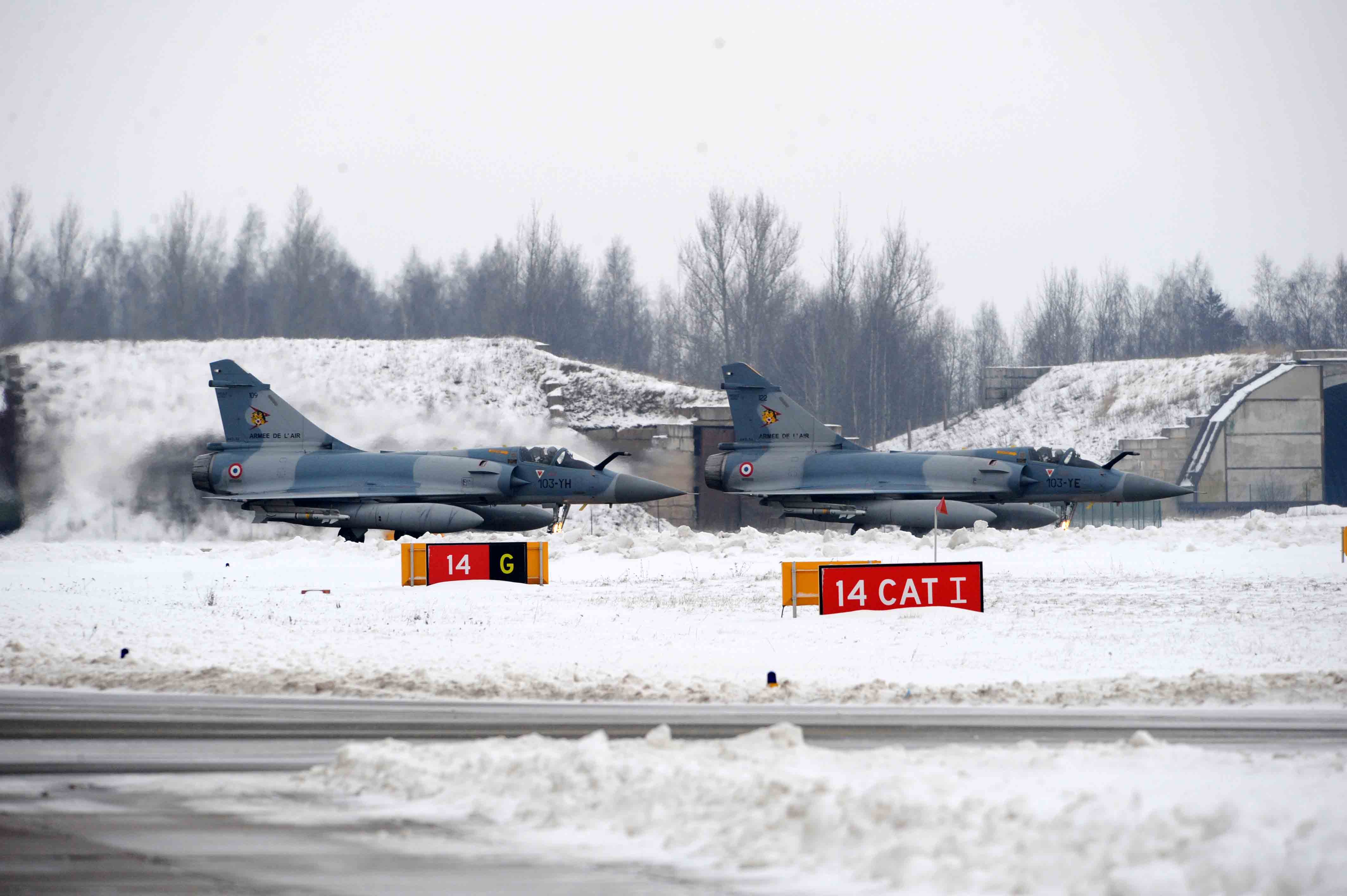
Airport designation and naming
<templatestyles src="Module:Hatnote/styles.css"></templatestyles>
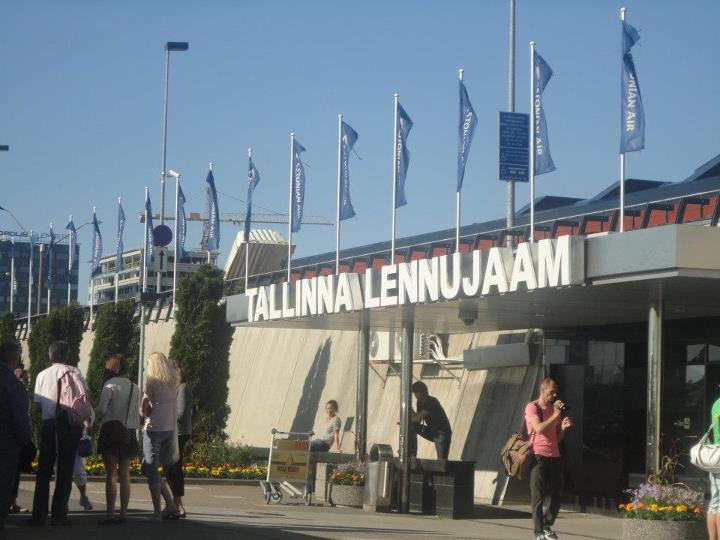
History and development
The earliest aircraft takeoff and landing sites were grassy fields.[53]
Beijing Nanyuan Airport in China, which was built to accommodate planes in 1904, and airships in 1907, opened in 1910.[54] It was in operation until September 2019. Pearson Field Airport in Vancouver, Washington, United States, was built to accommodate planes in 1905 and airships in 1911, and is still in use as of February 2024.[55]
Hamburg Airport opened in January 1911, making it the oldest commercial airport in the world which is still in operation. Bremen Airport opened in 1913 and remains in use, although it served as an American military field between 1945 and 1949. Amsterdam Airport Schiphol opened on September 16, 1916, as a military airfield, but has accepted civil aircraft only since December 17, 1920, allowing Sydney Airport—which started operations in January 1920—to claim to be one of the world's oldest continuously operating commercial airports.[56]

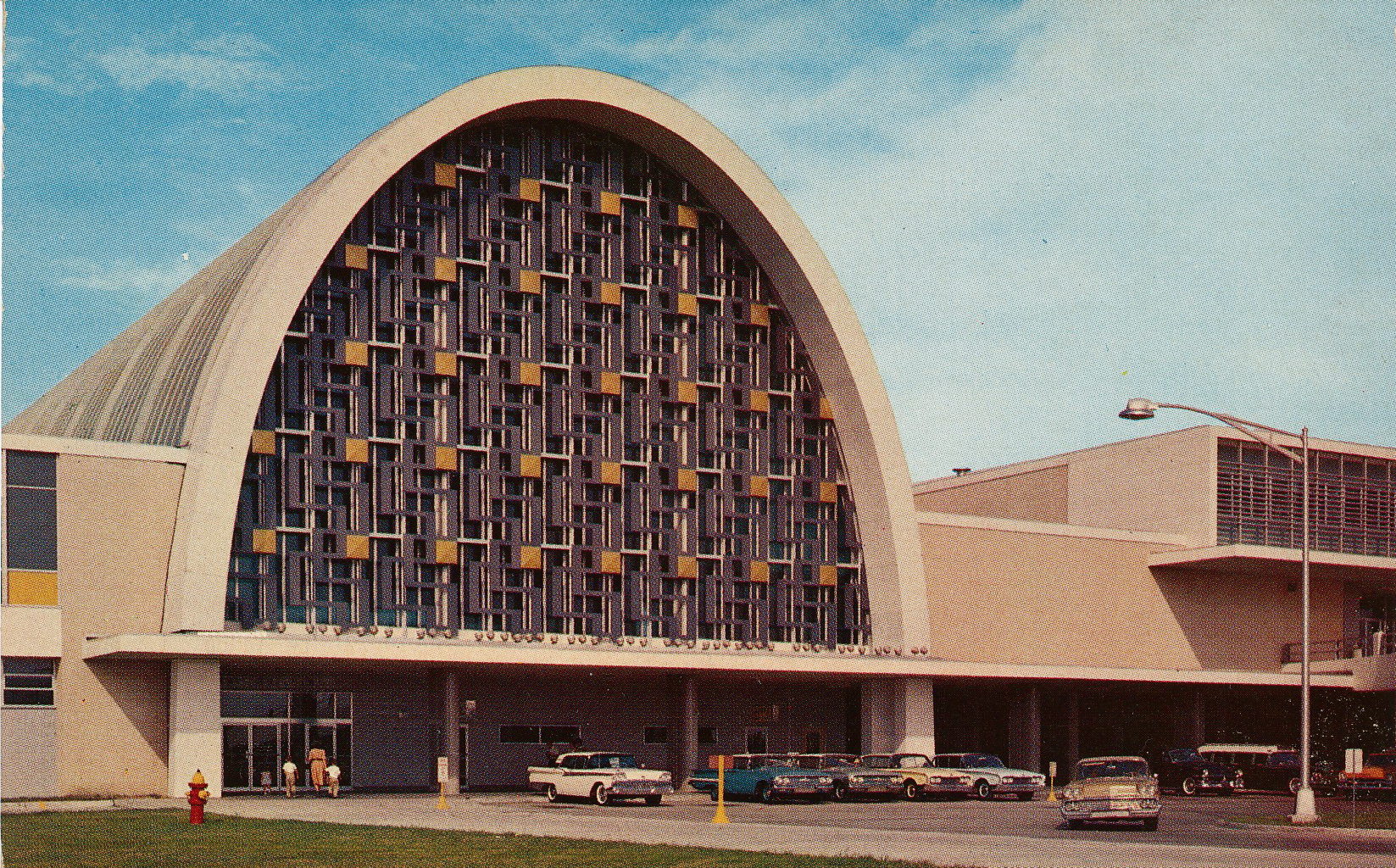
Following the war, some of these military airfields added civil facilities for handling passenger traffic. One of the earliest such fields was Paris – Le Bourget Airport at Le Bourget, near Paris. The first airport to operate scheduled international commercial services was Hounslow Heath Aerodrome in August 1919, but it was closed and supplanted by Croydon Airport in March 1920.[57]

The malicious use of UAVs has led to the deployment of counter unmanned air system (C-UAS) technologies such as the Aaronia AARTOS which have been installed on major international airports.[58][59]
Airports in entertainment

Airport directories
- Australia
- Information can be found on-line in the En route Supplement Australia (ERSA).[60]
- Brazil
- Template:Empty section
- Canada
- Template:Empty section
- Europe
- Template:Empty section
- Germany
- Template:Empty section
- France
- Template:Empty section
- The United Kingdom
- Template:Empty section
- The United States
- Template:Empty section
- Japan
- Aeronautical Information Publication (AIP)[61] is provided by Japan Aeronautical Information Service Center, under the authority of Japan Civil Aviation Bureau, Ministry of Land, Infrastructure, Transport and Tourism of Japan.
See also
<templatestyles src="Module:Portal/styles.css"></templatestyles>
- Airpark
- Altiport
- Environmental effects of aviation
- Model airport
- List of the busiest airports
- Seaplane base
Lists:
- Index of aviation articles
- List of cities with more than one commercial airport
- List of countries without an airport
- List of defunct international airports
- List of hub airports
References
Bibliography
<templatestyles src="Refbegin/styles.css" />
- Ashford, Norman J., Saleh Mumayiz, and Paul H. Wright. (2011) Airport engineering: planning, design, and development of 21st century airports (John Wiley & Sons, 2011).
- Bluffield, Robert. (2009). Imperial Airways – The Birth of the British Airline Industry 1914–1940 (Ian Allan) <templatestyles src="Module:Citation/CS1/styles.css"></templatestyles>ISBN 978-1-906537-07-4
- Lua error: bad argument #1 to "get" (not a valid title).
- Burghouwt, Guillaume. (2012) Airline network development in Europe and its implications for airport planning (Ashgate, 2012).
- Lua error: bad argument #1 to "get" (not a valid title).
- Gordon, Alastair. (2008) Naked Airport: A Cultural History of the World's Most Revolutionary Structure (University of Chicago Press, 2008).
- Halpern, Nigel, and Anne Graham. (2013) Airport marketing (Routledge, 2013).
- Horonjeff, Robert, Francis X. McKelvey, William J. Sproule, and Seth B. Young. (2010) Planning and Design of Airports 5th ed. (McGraw-Hill, 2010).
- Hubregtse, Menno. (2020) Wayfinding, Consumption, and Air Terminal Design (Routledge, 2020).
- Lua error: bad argument #1 to "get" (not a valid title).
- Pearman, Hugh. (2004) Airports: A Century of Architecture (Harry N. Abrams, 2004).
- Salter, Mark. 2008. Politics at the Airport (University of Minnesota Press). This book brings together leading scholars to examine how airports both shape and are shaped by current political, social, and economic conditions.
- Sheard, Nicholas. (2019) "Airport size and urban growth." Economica 86.342 (2019): 300–335; In USA, airport size has a positive effect on local employment, with an elasticity of 0.04.
- Lua error: bad argument #1 to "get" (not a valid title).
External links
<templatestyles src="Module:Side box/styles.css"></templatestyles><templatestyles src="Sister project/styles.css"></templatestyles>
- ↑ Wragg, D.; Historical dictionary of aviation, History Press 2008.
- ↑ Airport – Definition of airport by Merriam-Webster. Retrieved September 1, 2015 from link
- ↑ Runway – Definition of runway by Merriam-Webster. Retrieved September 1, 2015 from link
- ↑ Helipad – Definition of helipad by Merriam-Webster. Retrieved September 1, 2015 from link
- ↑ Hangar – Definition of hangar by Merriam-Webster. Retrieved September 1, 2015 from link
- ↑ Template:CFS
- ↑ 49 U.S.C. § 40102(a) (2012)
- ↑ AirNav: 1ID9 – Skyline Airport. Retrieved April 10, 2018 from airnav.com
- ↑ The World Factbook. Retrieved September 1, 2015 from link
- ↑ The World Factbook. Retrieved September 1, 2015 from link
- ↑ FAA. Retrieved September 1, 2015 from link
- ↑ Part 139 Airport Certification. (June 19, 2009) FAA. Retrieved July 20, 2010 from link
- ↑ Airport & Airway Trust Fund (AATF). Retrieved April 17, 2019 from faa.gov
- ↑ The Airport and Airway Trust Fund. Rachel Tang. (January 31, 2017) Retrieved from Congressional Research Service
- ↑ Airport and Airway Trust Fund: Preliminary Observations on Past, Present, and Future. U. S. Government Accountability Office. (May 4, 2005) Retrieved April 30, 2019 from link
- ↑ Lua error: bad argument #1 to "get" (not a valid title).
- ↑ Landing fees. Retrieved May 6, 2019 from guides.erau.edu
- ↑ SUMMARY OF AIRPORT CHARGES. Aaryan Farooqui. Retrieved May 6, 2019 from assets.flysfo
- ↑ 19.0 19.1 The Current Situation and Change in Airport Revenues: Research on The Europe's Five Busiest Airports. Retrieved from link
- ↑ SCHEDULE OF CHARGES FOR AIR TERMINALS John F. Kennedy International Airport. Retrieved May 6, 2019 from link
- ↑ Lua error: bad argument #1 to "get" (not a valid title).
- ↑ Economy Parking | Chicago O'Hare International Airport (ORD). Retrieved May 6, 2019 from flychicago.com
- ↑ Lua error: bad argument #1 to "get" (not a valid title).
- ↑ Lua error: bad argument #1 to "get" (not a valid title).
- ↑ Landside Facilities. Retrieved 2022-07-01 from link
- ↑ The Airline Pilots Forum & Resource. Retrieved 25 April 2020 from theairlinepilots.com
- ↑ Lua error: bad argument #1 to "get" (not a valid title).
- ↑ Why is airport food so expensive?. Zachary Crockett. (2019-07-20) Retrieved 2022-11-10 from The Hustle
- ↑ Menno Hubregtse, Wayfinding, Consumption, and Air Terminal Design (London: Routledge, 2020), 44-47.
- ↑ USA Today newspaper, October 17, 2006, p. 2D
- ↑ CNS Partnership Conference 2023. Retrieved 2024-01-06 from iata.org
- ↑ Why do airports have windsocks?. Retrieved March 29, 2017 from Piggotts Flags And Branding
- ↑ 33.0 33.1 Improve your airport maintenance with your CMMS. Daphné Mothes. (January 15, 2019) Retrieved April 2, 2019 from link
- ↑ Lua error: bad argument #1 to "get" (not a valid title).
- ↑ How Airports Keep Birds Away. (November 5, 2018) Retrieved 6 January 2023 from Condé Nast Traveler
- ↑ Introduction to Airports Design and Operations. Lance Sherry. Retrieved from George Mason University Center for Air Transportation Systems Research
- ↑ 37.0 37.1 37.2 Lua error: bad argument #1 to "get" (not a valid title).
- ↑ Lua error: bad argument #1 to "get" (not a valid title).
- ↑ Lua error: bad argument #1 to "get" (not a valid title).
- ↑ 7 cool solar installations at U.S. airports. (March 24, 2016) Retrieved September 16, 2017 from solarpowerworldonline.com
- ↑ Kandt and R. Romero . Implementing Solar Technologies at Airports NREL Report. Retrieved from link
- ↑ Airports could power 100,000 homes if we covered them in solar panels. Sabrina Fearon Melville. (May 21, 2021) Retrieved May 23, 2021 from euronews
- ↑ world's first solar power airport is in Kerala – qoobon. (January 26, 2022) Retrieved 2022-02-02 from qoobon.com
- ↑ Lua error: bad argument #1 to "get" (not a valid title).
- ↑ Lua error: bad argument #1 to "get" (not a valid title).
- ↑ Lua error: bad argument #1 to "get" (not a valid title).
- ↑ 47.0 47.1 Lua error: bad argument #1 to "get" (not a valid title).
- ↑ Lua error: bad argument #1 to "get" (not a valid title).
- ↑ Airport security bins can be germier than the bathrooms, a new study finds. Retrieved from Insider.com
- ↑ Lua error: bad argument #1 to "get" (not a valid title).
- ↑ Study Shows The Huge Impact Our Gross Airport Hygiene Has on The Spread of Pandemics. Retrieved from link
- ↑ Lua error: bad argument #1 to "get" (not a valid title).
- ↑ Lua error: bad argument #1 to "get" (not a valid title).
- ↑ 再见!南苑机场的最后一晚和曾经辉煌的第一次. (2019-09-25) Retrieved September 28, 2019 from bjnews.com.cn
- ↑ Pearson Field – Fort Vancouver National Historic Site. (August 10, 2020) Retrieved 2021-03-23 from U.S. National Park Service
- ↑ Airport History. Retrieved July 20, 2010 from Sydney Airport
- ↑ Bluffield (2009)
- ↑ Heathrow picks C-UAS to combat drone disruption. Retrieved March 13, 2019 from link
- ↑ Muscat International Airport to install USD10 million Aaronia counter-UAS system. (January 21, 2019) Retrieved January 21, 2019 from link
- ↑ En route Supplement Australia (ERSA). (July 16, 2010) Airservices.gov.au. Retrieved July 20, 2010 from link
- ↑ Aeronautical Information Publication (AIP), NOTAMs in Japan. Japan Civil Aviation Bureau. Retrieved February 14, 2011 from Japan Aeronautical Information Service Center
- Pages with script errors
- Articles with short description
- Articles with hatnote templates targeting a nonexistent page
- Articles lacking in-text citations from March 2022
- Articles with invalid date parameter in template
- All articles lacking in-text citations
- Use mdy dates from April 2020
- Articles containing potentially dated statements from 2009
- All articles containing potentially dated statements
- Missing redirects
- All articles with unsourced statements
- Articles with unsourced statements from March 2025
- Articles with unsourced statements from June 2012
- Wikipedia articles needing clarification from May 2021
- Portal templates with redlinked portals
- Pages with empty portal template
- Commons category link is locally defined
- Airports
- Articles containing video clips
- Public transport
- Aviation industry
